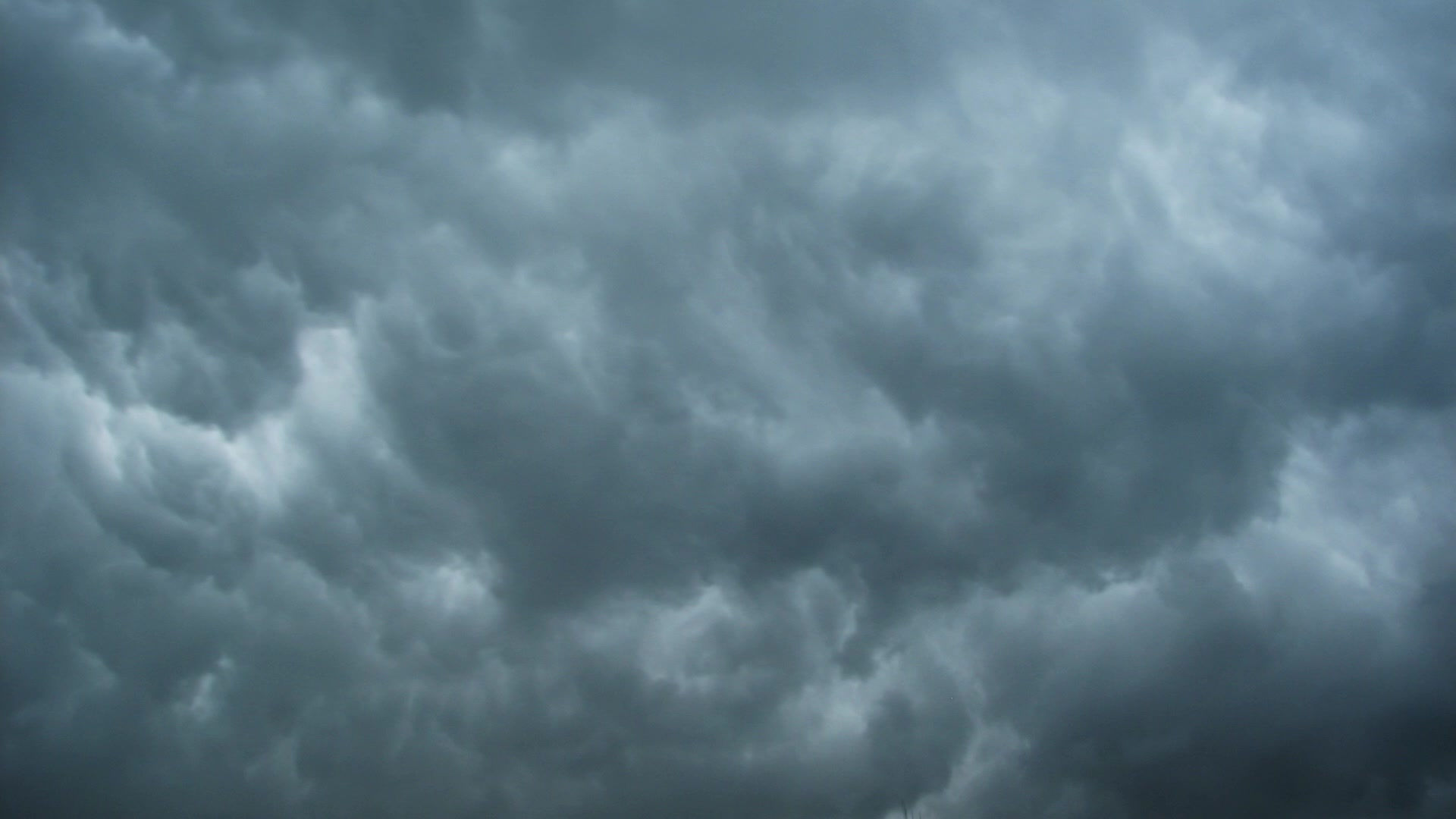The Ballad of Songbirds and Snakes is an uninspiring paycheck for Ms. Suzanne Collins.
- Freencky P. Portas
- Sep 20, 2020
- 5 min read
How to begin…earlier this year, during the inauguration of the Covid-19 quarantine, my sisters and I decided to form a private book club. Every month each member will get a turn deciding on a book that everyone would read for said month. At the end of said month, the club will come together and discuss their overall thoughts and conclude with a personal rating. Well, this one went a little differently.
Taking into consideration my many positive late teen memories concerning the hunger games trilogy I, yes I, chose this book as the book of the month for June. Yes, JUNE! Needless to say, this was a very painfully difficult book to get through.
This title remained as our book of the month for three consecutive months and some of us didn’t even make it to the finish line. I was the first and only person to finish it and as soon as I made it public, my sisters gave up, with 80-100 pages left, and asked for the book club meeting to commence and move on from this as quickly as possible.
Overall Thoughts
The Ballad of Songbirds and Snakes is a 500-page drag that leads absolutely nowhere. Although faced with many interesting setups and informative backstory, the reader is only left wondering if this story was really even necessary.
For those of you unaware of what the book is about, I’ll quickly preface it.
Plot
The Ballad of Songbirds and Snakes is a Hunger Games Prequel. It takes place 60 years prior to the events of the Hunger Games trilogy, which was released at the eve of the dystopian YA craze in 2008. The story follows teen President Snow in all his unlikable and detestable glory. Coriolanus Snow is chosen as one of the mentors for the 10th Hunger Games and is given a tribute that will sort of change the way we felt about him, but not really.
The story explores the world of Panem before its days of luxury, glamour, and cutting-edge technology. Showcasing the horrors of the aftermath of war and the inception of The Hunger Games. With that being said, the story does lend itself to very interesting observations but fails to capture its audience's attention long enough for it to be memorable in any way.
Writing
I haven’t read many of Suzanne Collins’ books. Collins has published a number of short stories and a Children’s series titled “The Underland Chronicles”, which was published pre-hunger games. My introduction to her writing began and ended with The Hunger Games trilogy.
Books one and two in the series were exceptional, both in its pacing, characters, and world-building. Suzanne’s writing, although engaging, was not exceptional or anything memorable. Collins is a character-driven and world-building writer. She excels in creating unique and interesting characters and inserting them in settings that she very ingeniously creates. However, where she does sadly fail is when it comes to writing scenes in which any sort of fast-paced or detailed action is required.
If you go back and reread the entirety of the hunger games trilogy, especially its third installment, you will undoubtedly notice that most of the action occurs ‘off-screen’ to third tear characters and nowhere near our main character’s peripheral vision. And when the action does intertwine with our main character’s storyline, it is often clunky and hard to follow. Action is very sparingly spread in this prequel, and when you do come upon them they feel as clunky and confusing as the ones found in its predecessor.
Furthermore, chapters are filled with long-winded folk music interludes, ludicrous franchise call-backs, and mediocre cliff-hangers. Even worse is the fact that this 500-page uninspired drag could have easily been cut to 300-350 without missing any of its important plot points. The reader will definitely come to this realisation in the third act, which slugs on for almost 200 pages.
Characters
As mentioned before, Collins does excel in creating intriguing and compelling characters. I wish I could award this prequel with that statement, but in reality, there is only one character that deserves such recognition.
Lucy Gray Baird is what compels the reader to get to the finish line. A natural showgirl who ignites the Capitol’s interest in the Hunger Games…but then is completely forgotten during the third act. As far as Heroines go, Lucy Gray is a true successor to Katniss Everdeen, showcasing a different side of District Twelve while still adding to its compelling location. However, we barely get to spend time with her as author Collins is persistent in following her most unlikable character yet, Coriolanus Snow.
Coriolanus Snow is a pretentious snobby teenager with major ego issues and zero likability, which makes it almost impossible for anyone to enjoy his company for 500 pages. Collins' choice to make him the lead in this prequel was obviously for the purpose of studying the Human Psyche of a villain, which I have to admit was very poorly done. In no instance do you ever feel like Snow’s eventual life-decisions or moral compass are justifiable in any way. If anything, this story proves the theory of how some are just born rotten which in my opinion fails to deliver on a character study driven prequel.
Obviously, there are a few other characters showcased in the story but their involvement is so minimal and ludicrous that it seems a waste of time to even mention them.
Setting
I have to say 65 years pre-Katniss Everdeen is not an exciting or interesting place to venture into. Collins tries really hard to make this world as engaging and mesmerizing as its predecessor but fails miserably. The 10thannual Hunger Games lacks sponsors, extreme fashion, cameras, makeovers, lavish parties, and its engrossing reality tv show comparisons. Exploring the inception of all such characteristics ends up being as underwhelming as experiencing the hunger games outside of the hunger games.
Even though Snow is not in the hunger games himself, he is actively involved in it as one of the mentor’s tribute. However, this is as monotonous as watching paint dry. It is obvious that a Hunger Games story told by someone not personally participating in the Hunger Games is not worth the time.
Furthermore, the Capitol’s depiction is as dull and one dimensional as a straight line.
Climax & Conclusion
The third act drags on for almost 200 pages of uneventful plot with poor call-backs to its predecessor and poorly written conclusions for all characters.
Suzanne Collins has sadly lost her creative spark and I hope one day she can deliver the uniqueness and prodigious of the first two Hunger Games titles.
Overall, I would classify this book as a poorly written character study and an even poorer exploration of a world which although compelling in its predecessor turns out to be just an old friend who overstayed their welcome.





Comments